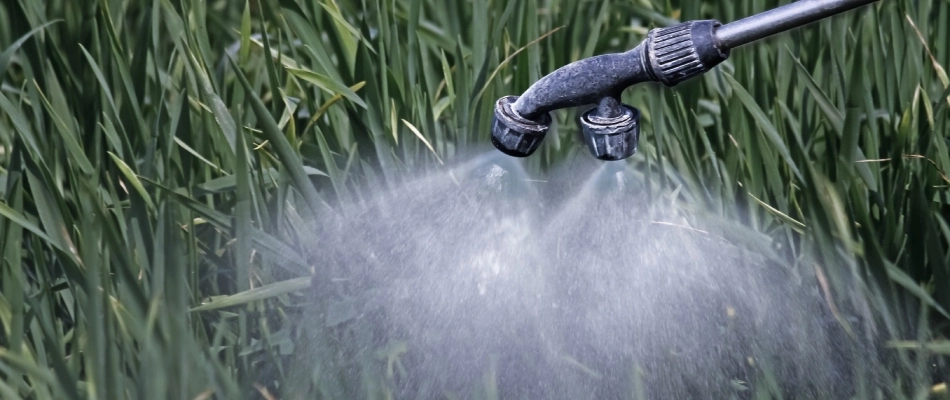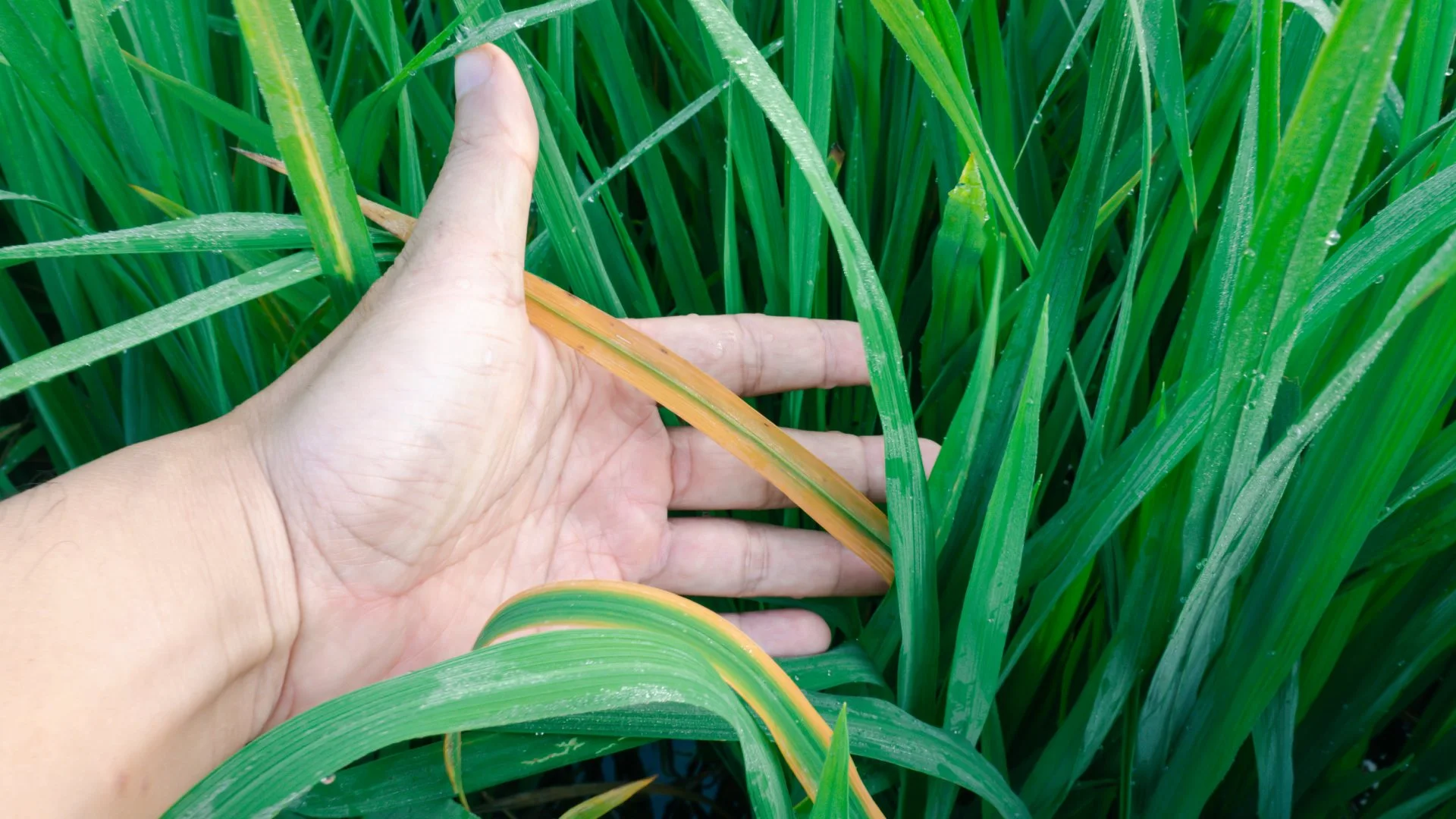In Iowa, Ascochyta leaf blight is an unfortunate threat that our lawns may have to face. Ascochyta leaf blight is a fungal disease that begins presenting around early June, turning areas of turf straw-colored as it spreads and kills grass. The best preparation for this disease is preventative treatments that will give your lawn a leg up against the fungus as well as professional lawn care to bolster your turf's defenses. If you begin to notice signs of Ascochyta leaf blight amongst your lawn, call a professional right away so they can apply a curative treatment and protect your grass from further damage! Being aware of lawn diseases – and scheduling either preventative or curative treatments to take care of them – will go a long way in keeping your lawn healthy throughout the year.
What is the lawn disease Ascochyta leaf blight?

Ascochyta leaf blight is a fungal disease that tends to latch onto lawns with Kentucky bluegrass, tall fescue, or perennial ryegrass. The signs of this disease will begin showing up in early June, particularly in extreme conditions such as extended drought or heavy, prolonged rain when the lawn is stressed. Grass blades typically begin dying from their tips, with the blight moving a third or halfway down the shaft of the blade. As the disease spreads, areas of turf will turn straw-colored and may look like they are suffering from drought, but the symptoms of Ascochyta leaf blight appear very suddenly in comparison to dehydration.
Ascochyta leaf blight produces fungal fruiting bodies, called pycnidia, that allow it to spread across expanses of land.
Protect your lawn against Ascochyta leaf blight with preventative treatments and professional lawn care.
You don't have to sit and wait around for Ascochyta leaf blight disease to strike to take action. Preventative treatments can lay a protective barrier on your lawn to keep diseases from gaining a foothold. Additionally, professional lawn care will help your turf stay strong in the face of any challenges that come its way. A buildup of thatch can foster lawn disease, so scheduling regular aeration treatments will keep thatch at bay and promote good water penetration. Fertilization will nourish your grass with nutrients so it can develop a strong root system to lean on in times of stress, and of course, proper irrigation to avoid drought will go a long way as well!
If you're struggling with Ascochyta leaf blight, call a professional immediately to schedule a curative treatment.

If you begin to notice signs of Ascochyta leaf blight, call a professional immediately! When left to its own devices, this lawn disease will spread across your lawn and continue damaging grass as it goes. It's essential to get a proper curative treatment scheduled ASAP to avoid any long-term complications that come from Ascochyta leaf blight. The sooner your lawn is cured of this ailment, the sooner it can bounce back better than ever!
Defeat Ascochyta leaf blight – call our team today to schedule our curative or preventative treatments!
At A+ Lawn & Landscape, we pride ourselves on providing top-tier care to the lawns and landscapes of our clients. Our team will arrive prepared to work tirelessly and see the job through to completion, ensuring that every bit of Ascochyta is defeated. Our highly effective curative treatment will set to work right away, eliminating the fungus and preventing further damage to your lawn. We also offer preventative treatments to get ahead of this disease, helping to avoid any harm to your grass! We'll reapply this protection every 30 days to ensure that your lawn's defenses never waver. These services are available to commercial and residential property owners in Des Moines, West Des Moines, Ankeny, and surrounding areas in Iowa. Get in touch with our office by calling (515) 289-2020 today to schedule your Ascochyta leaf blight treatments!





Comments (0)
Thanks for your comment!
Thanks for your feedback! Your comments have been successfully submitted! Please note, all comments require admin approval prior to display.
Error submitting comment!
There is a problem with your comment, please see below and try again.